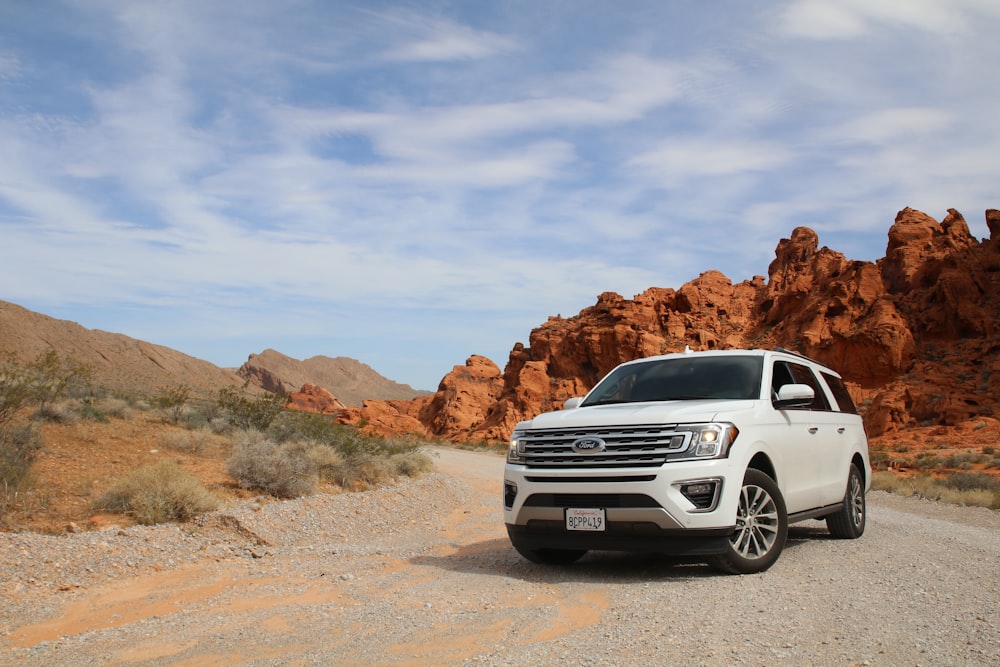
Navigating the Future: Self-Driving Car Insurance Premiums
The advent of self-driving cars has ushered in a new era of transportation, but it also raises questions about how insurance premiums will evolve in this automated landscape. This article explores the dynamics and considerations surrounding self-driving car insurance premiums, shedding light on the impact of autonomous vehicles on the insurance industry.
Understanding the Shift: From Human to Automated Control
Self-driving cars mark a fundamental shift in the dynamics of vehicle control. As these vehicles increasingly take the wheel, the risk landscape transforms. Unlike traditional insurance models that heavily factor in human error, self-driving car insurance premiums need to account for the unique risks associated with automated systems, sensor technologies, and the complex interactions between self-driving vehicles and their environment.
The Role of Technology: Advanced Sensors and Safety Features
Self-driving cars rely on advanced technologies, including an array of sensors, cameras, and sophisticated algorithms. These technologies play a pivotal role in enhancing vehicle safety and reducing the likelihood of accidents. However, their presence also introduces new considerations for insurers. Assessing the impact of these technologies on insurance premiums involves understanding how they contribute to accident prevention and risk mitigation.
Data-Driven Assessments: The Power of Telematics
Telematics, the collection of real-time data from vehicles, becomes even more crucial in the context of self-driving cars. Insurers can leverage telematics to gain insights into driving patterns, vehicle performance, and the effectiveness of autonomous systems. This data-driven approach enables more accurate risk assessments, potentially influencing self-driving car insurance premiums based on the vehicle’s autonomous capabilities and the quality of its performance data.
Reducing Human Error: A Shift in Liability Considerations
One of the promises of self-driving cars is the reduction of accidents caused by human error. As a result, liability considerations evolve. Insurers may need to shift their focus from driver-centric liability models to assessing the liability of manufacturers, software developers, and technology providers. This shift requires a reevaluation of traditional insurance structures to adapt to the changing landscape of autonomous vehicle responsibility.
The Need for Industry Collaboration: Establishing Standards
The integration of self-driving cars into the mainstream requires collaboration between the insurance industry, regulatory bodies, and technology stakeholders. Establishing standardized guidelines and frameworks for assessing self-driving car insurance premiums is crucial. A collaborative effort ensures a unified approach to risk evaluation and pricing, promoting consistency and transparency in the insurance landscape for autonomous vehicles.
To learn more about the evolving dynamics of self-driving car insurance premiums, click here. This link provides additional insights into the considerations and challenges surrounding the integration of self-driving cars into the insurance landscape, offering a deeper understanding of the future of automotive coverage.
Conclusion: Paving the Way for Autonomous Insurance
In conclusion, self-driving car insurance premiums represent a pivotal aspect of the evolving automotive landscape. As autonomous vehicles become more prevalent, insurers must adapt their models to account for the unique risks and opportunities presented by self-driving technology. The collaboration between the insurance industry, regulators, and technology developers will play a crucial role in shaping the future of insurance premiums for self-driving cars, paving the way for a new era of automotive coverage.



